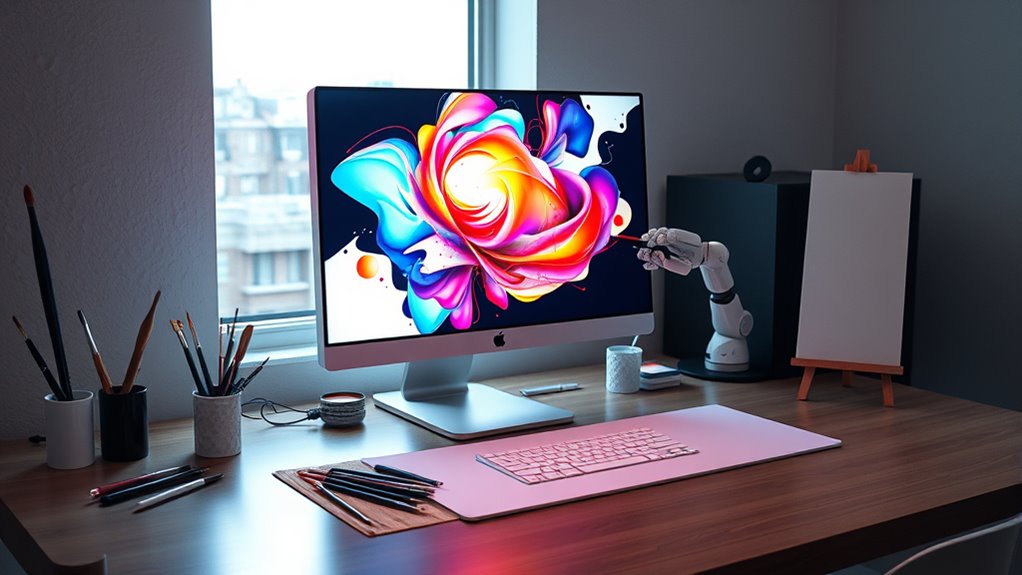Plunge into the world of technology with AI chatbots, the latest trend in digital communication. These clever software programs act like humans when they chat with users through text or voice. They’re mainly used for customer service, answering common questions, helping with purchases, or even just for fun. What’s cool is that they run 24/7, saving money for businesses while making things easier for customers. Using artificial intelligence, they get smarter over time by learning from conversations with the help of machine learning and natural language processing. With advancements in technology, these chatbots now often utilize large language models to provide more personalized and sophisticated interactions.
Creating an AI chatbot starts with figuring out its purpose. Developers first decide what problems it’ll solve and who’ll use it. They pick the right industries and set clear goals to match business needs. This step involves planning how the chatbot will work and what features it’ll have. It’s all about making certain the chatbot fits a specific job, whether that’s helping shoppers or answering school questions. A crucial part of this process is to define how the chatbot will be published and updated to ensure it remains relevant (publishing and updating).
Building an AI chatbot begins with defining its purpose, targeting specific problems, and aligning features to meet clear business or user needs.
Next, the right tech must be chosen. Teams pick tools like Dialogflow or Rasa for understanding language. They decide if the chatbot will work on websites or mobile apps. A strong backend system is set up to handle user questions and store data. Developers also use APIs to add extra features. The tech stack they choose has to grow with demand and stay efficient. Selecting the appropriate platform is vital for ensuring seamless integration with existing systems (seamless integration).
Designing how the chatbot talks comes after that. It’s about mapping out what users might ask and planning responses. The goal is to make chats feel natural and easy. The chatbot learns to recognize key words or ideas from users and reply in a helpful way. Conversation flows are tweaked to keep users engaged without wasting time.
Then, it’s time to build and train the chatbot. A solid backend is created to support everything. Training with lots of data helps it understand language better. Machine learning keeps improving its answers. Tools like APIs connect it to other systems smoothly.
Finally, testing happens to catch any issues. Different situations are tried out to see how it performs. User feedback is collected to make it better. Errors are fixed, and the chatbot is refined over time to guarantee it works well.









